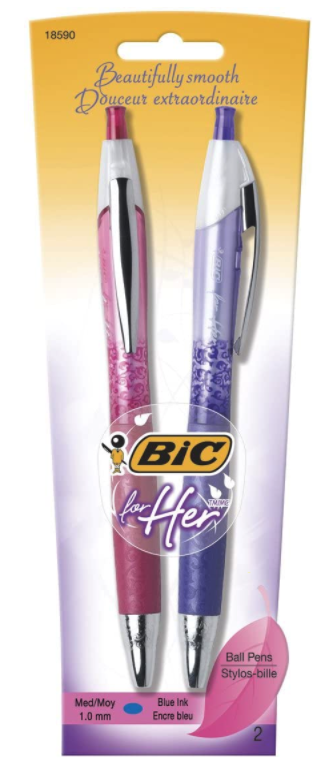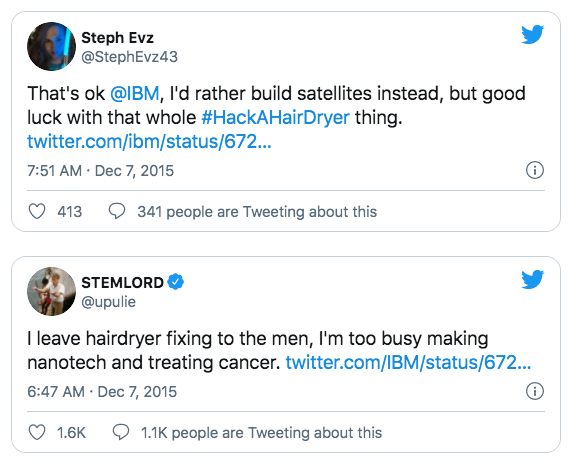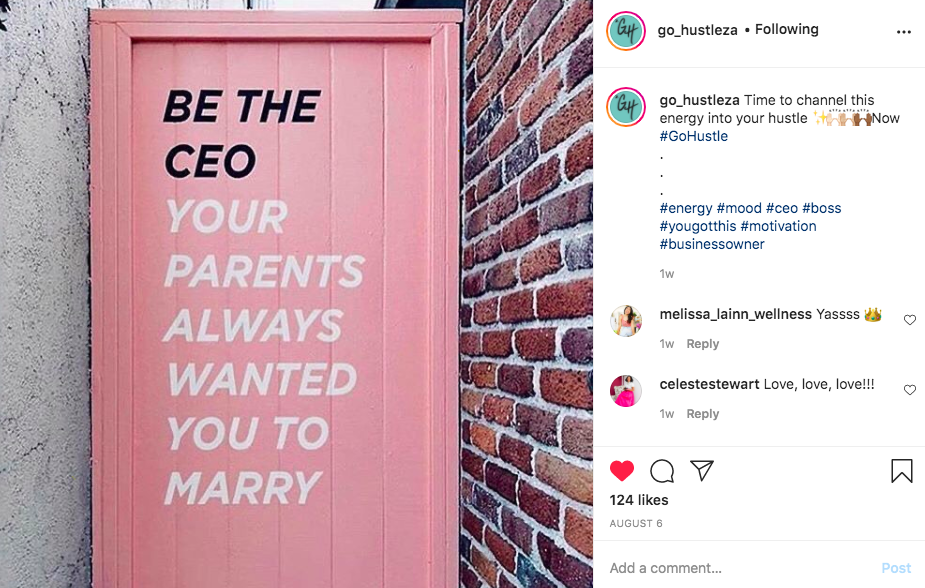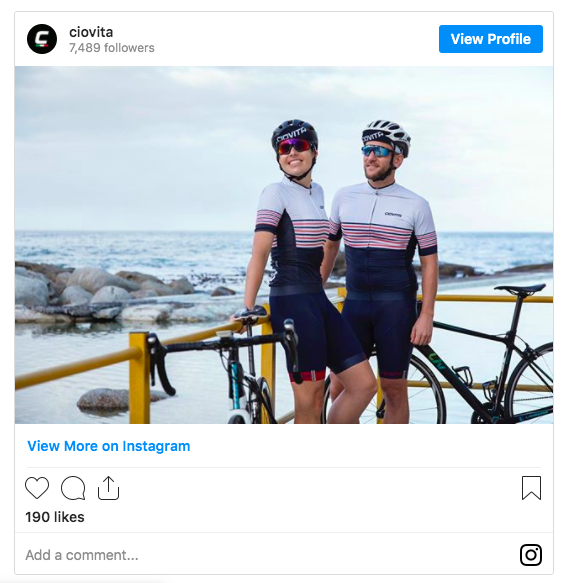media update’s Talisa Jansen van Rensburg takes a look at the five things to keep in mind when marketing to women in South Africa.
Before we dive in, let’s first take a look at some of the stats surrounding this audience. Statista did a study back in 2019 and found that there are approximately 29.7 million women living in South Africa.
According to a 2018 report, Stats SA found the following:
- The Black African population consists of 46 682 900 people, of which 23 896 700 are female.
- The Coloured population consists of 5 074 400 people, of which 2 614 800 are female.
- The Indian / Asian population consists of 1 448 300 people, of which 708 100 are female.
- The White population consists of 4 520 100 people, of which 2 325 900 are female.
Judging by these numbers, it is clear that, in most cases, there are more females than males (except for the Indian / Asian population, that is).
The future in South Africa is
definitely female.
So, let’s take a look at the five things to keep in mind when marketing to this country’s women:
1. Think before you use pink
There are countless brands that still walk into the trap of creating a marketing campaign not tailored to women at
all. It is assumed that, if they make everything pink, they'll make the cut. The truth is, just because it’s pink doesn’t mean it is something that will appeal to women — so let’s just stop doing that.
Here’s an example of what not to do: In 2012, BIC released a pen called
BIC for Her. According to the brand, this pen will fit perfectly in a woman’s hand. The pen additionally costs twice as much as a regular one and the only thing that is different is that the pen is … you guessed it: pink.
Hiking up the prices just because you changed the colour of one of your products is not always the way to capture the female audience, nevermind the
South African female audience. Rather spend your time doing research and change your product to suit their genuine needs and interests.
When creating a marketing campaign that targets South African women, you need to think
outside the box and take the time to identify how consumers make use of your products and what it is about your offering that stands out for them. Take this focus and place it is a central element when creating your campaign. This will result in a better marketing campaign that will
actually resonate with the female audience.
 * Image courtesy Amazon
* Image courtesy Amazon
2. Don’t use stereotypes as a guideline
Back in 2015, IBM had a campaign called ‘#HackAHairDryer’, leaving many women not too pleased with its generalised stereotype that women are only interested in beauty products, such as hairdryers. This resulted in women telling IBM about the amazing things they are busy with regarding technology.
 *Image courtesy of Engage Me
*Image courtesy of Engage MeIf you want to catch the attention of South African women, don’t fall into the trap of sticking to stereotypes; women are educated and empowered. Treating them as if their only interests are with beauty and the kitchen is a
big no-no!
3. Use word of mouth to your benefit
A recent article done by
B2W group found that 74% of consumers identify word-of-mouth as a key influencer in their purchasing decision. Although this includes both females and males, it still shows that the majority of South Africa is interested in what their friends, family and neighbours have to say about a product or service.
Therefore, when wanting to market efficiently to women, keep in mind how much the South African consumer values word-of-mouth. Focus on creating campaigns that people will want to share and
talk about.
Here are
some tips on how to best utilise word-of-mouth marketing for your campaigns:
- Create experiences for your audience. Invite your audiences into your company, or give them a sneak peak of your new campaign launches. This is easy to do on digital platforms, like social media, which leads us to the next point.
- Make use of social media. Just because it’s online doesn’t mean it’s not word of mouth. Some of the best reviews come out of social media. Just be sure to use your hashtags correctly so that the word can spread even faster (and that a reputation management plan is in place, in case anything goes wrong).
- Create a space for your customers to leave reviews on your products. Whether it’s on your website or on your brand’s home page, make sure that you encourage your audience to share their thoughts!
- Hold competitions and do give-aways that pertain to your audiences’ interests. However, just ensure that whatever you’re giving away or allowing audiences to compete for is still relevant to your brand — you don’t want them to forget about who gave them their amazing new products!
4. Avoid sexism at all cost
Women are smart, educated and have their own voice; don’t feel the need to over-explain something to them and don’t tell them what they need. As we said, putting in that extra effort and discovering what they do actually want or require will help you to better cater your products to them.
A brand that steers sexism out the door is
Go Hustle; its campaigns are all about empowering women and helping them to get the job of their dreams. The brand also has a page on its website called Girl Boss, where profiles of ‘girl bosses’, or women in high positions in South Africa, are shown.

Women in South Africa don't need a brand to tell them how they should think to be successful. This is especially considering that women are now in higher positions and are able to better help younger women to get into the workspace.
“
The world of marketing is fast-paced and high-pressure, and often led by phenomenal female creatives,” says Aisling McCarthy in a previous
media update article.
And don’t you forget it!
Brands need to focus on steering clear of sexist comments and work on personalised branding that is tailored to the type of women that they want to market their products and services to.
5. Be sincere with your messages
Don’t say that your brand is all about women when your employees are mostly male. Be honest, and rather focus on the things your brand
does focus on. You can even take a step further and talk about how your brand is working on becoming more inclusive and more towards an environment that is evident of equal rights … but then you actually need to
do the things you
say you’ll be working on.
And if you really want to reach women in South Africa, it’s time that your brand took the time to get involved in causes and messages that women care about. A brand that does this really well is
Ciovita.
“
Out of the 98 staff we [are currently] employing, 82 are female,” Karlien Spamer says, the ‘design executive on the team’. Spamer has the input “from cycle-enthusiastic women every step of the way”.
She adds, “We are also continuously working with other brands and events to create a bigger, better space for women in the sport.”
Now that’s the way to do it!
 What are some other pieces of advice that you have for people who want to market to women in South Africa? Let us know in the comments section below.
What are some other pieces of advice that you have for people who want to market to women in South Africa? Let us know in the comments section below.U lava mahungu aku hisa?
Tsalela hina...
*Image courtesy of Canva